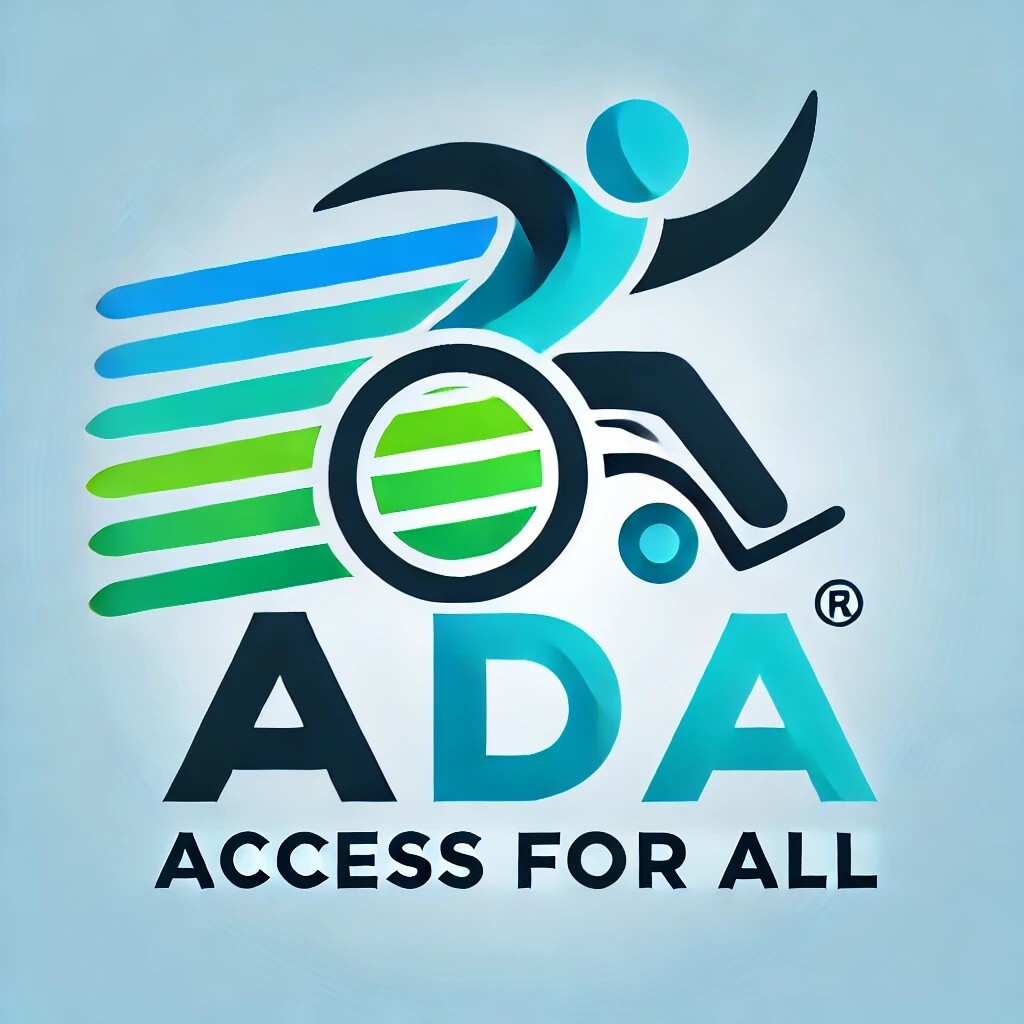Nonprofits serve as pillars of their communities, often focusing on marginalized and underserved populations. However, without intentional compliance with the Americans with Disabilities Act (ADA), they risk excluding individuals with disabilities from their programs, services, activities, and events. ADA compliance isn’t just about following legal requirements—it’s about inclusion, accessibility, and maximizing impact. This article explores why nonprofits must prioritize ADA compliance, covering legal, ethical, and practical considerations while offering actionable steps for implementation.
Legal Obligations: Compliance is Non-Negotiable
The ADA mandates equal access for individuals with disabilities, and many nonprofits fall under its jurisdiction, particularly those receiving public funding or operating public-facing programs.
Understanding ADA Title II and Title III
Title II (State & Local Government Services) applies to government-funded nonprofits, requiring them to provide equal access to all programs and services. Title III (Public Accommodations) covers nonprofits that offer services to the general public, such as community centers, theaters, educational institutions, or events. Failure to comply can lead to lawsuits, financial penalties, and reputational damage. In 2020, a nonprofit theater company was sued for lacking wheelchair-accessible seating. The result? Costly legal fees, loss of community trust, and a drop in funding. Beyond legal obligations, nonprofits have an ethical duty to foster inclusivity and ensure all individuals—regardless of ability—can fully participate.
Breaking Down Barriers
Physical accessibility includes ramps, elevators, accessible seating, and restrooms. Communication access requires ASL interpreters, captioning, and braille materials. Digital inclusion ensures websites and digital content are designed to accommodate all users. Ignoring accessibility contradicts the core mission of many nonprofits, which advocate for equity and social justice. Prioritizing accessibility strengthens community engagement and demonstrates a commitment to serving all populations.
The Ripple Effect of Inclusion
Increased community engagement allows accessible programs to attract broader participation. Enhanced donor relations help nonprofits meet corporate and government grant requirements. Stronger public trust builds long-term community support. A nonprofit library improved accessibility and saw a 20% increase in participation by individuals with disabilities, leading to additional funding from a local accessibility grant.
Expanding Your Audience & Impact
ADA compliance is not just about avoiding penalties—it’s a strategic advantage that helps nonprofits serve a broader demographic.
Who Benefits from Accessibility?
People with disabilities, aging populations facing mobility or cognitive challenges, individuals with temporary disabilities, and parents with strollers or caregivers assisting those with disabilities all benefit from accessible nonprofit programs and services.
The Business Case for Accessibility
According to a 2023 study by the National Disability Institute, accessible events see 30% higher attendance rates, inclusive programs retain volunteers at a higher rate, and funding opportunities increase for organizations demonstrating disability inclusion.
ADA Best Practices for Nonprofit Events, Programs, and Services
To ensure accessibility, nonprofits should implement proactive ADA compliance strategies across physical spaces, communication, digital access, and service offerings.
Physical Accessibility
Event venues should have wheelchair-accessible entry, seating, and restrooms. Transportation should include accessible transit options for attendees. Signage should use large fonts, braille, and clear directional signs.
Communication & Information Access
ASL interpreters and captioning make events and video content inclusive for the deaf and hard of hearing. Braille and large print materials provide alternative formats for written content. Assistive listening devices enable individuals with hearing impairments to engage fully.
Digital Accessibility
Nonprofits must ensure their digital content is accessible to individuals using assistive technologies such as screen readers or keyboard navigation. ADA-compliant websites should follow Web Content Accessibility Guidelines (WCAG) to ensure compatibility with assistive technologies. Accessible social media should use alt text for images and provide captions or transcripts for video and audio content. User-friendly online forms should be keyboard-navigable and accessible to screen readers.
Staff & Volunteer Training
Training should include disability etiquette and inclusive customer service, the use of assistive technologies, and emergency evacuation plans that consider people with disabilities.
Grants & Funding Sources
Nonprofits can explore ADA National Network Grants, National Endowment for the Arts (NEA) Accessibility Grants, state and local government accessibility funding, corporate sponsorships focused on inclusion, and crowdfunding or community fundraising campaigns. Investing in accessibility expands service reach, enhances public trust, and prevents costly legal issues.
Conclusion: A More Inclusive Future for Nonprofits
ADA compliance is more than a legal requirement—it’s a commitment to equity, inclusion, and community engagement. Nonprofits that prioritize accessibility strengthen their legal standing and avoid potential lawsuits, build stronger, more inclusive communities, gain access to new funding opportunities, and improve the quality and reach of their services.
Next Steps: Making Your Nonprofit More Accessible
Conduct an ADA compliance audit for your facilities, programs, and operations. Train staff and volunteers in disability inclusion best practices. Seek funding and partnerships to improve accessibility. Engage with the disability community for feedback and collaboration. By making accessibility an integral part of nonprofit operations, organizations can fulfill their mission more effectively and create a world where everyone has equal access to opportunities.
Ready to make a change? Start prioritizing accessibility today.
